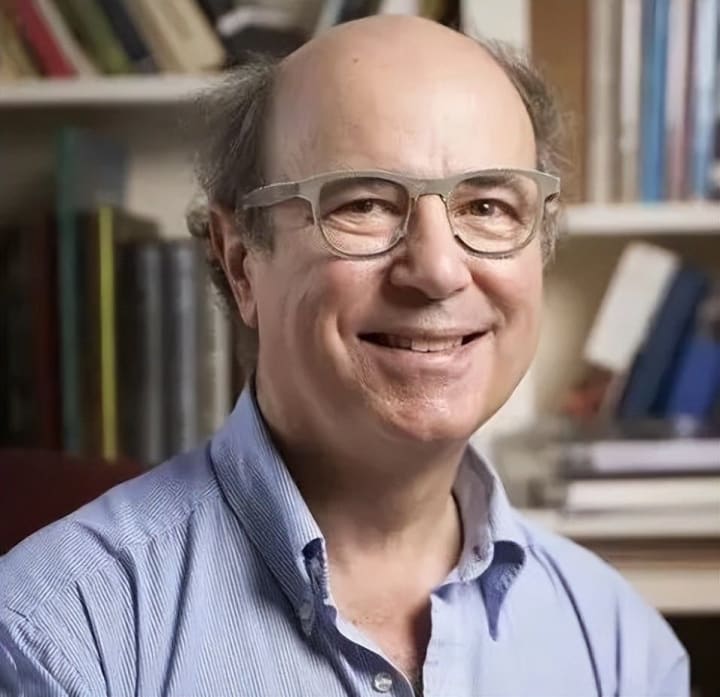How does the "wind" come from an empty cave?
Nobel Laureate Wilczek: How does an empty cave "come to life"?

The particles known as "holes" make the modern world possible and a brilliant future conceivable. Understanding what they are and how to make and use them has been one of the great scientific achievements of the past century. It highlights the long-term value of fundamental research driven by curiosity.
Imagine suddenly plucking an electron out of an atom of material. Eventually, the atom will settle down into a stable state, where the region around the missing electron is marked by a scar-a place where an electron should be but isn’t. A scar of this kind is what we call a hole.
Since they arise from the absence of an electron, which by convention carries a unit of a negative charge, holes carry a unit of positive charge (like protons). In some materials, including metals and semiconductors, holes are moveable; indeed, since holes are much lighter than protons, they can move much more nimbly.
Why does this mobility matter? The ultimate source of almost all our energy is radiation following from a giant fusion reactor, our sun. Trees process light from the sun into wood that we can burn; some long-dead plants, broken down by bacteria and put under pressure, turn into petroleum that we can also burn. But these biological processes capture only a small fraction of the solar energy on Earth-and exploiting them brings nasty side effects when the burned carbon gets released in greenhouse gases.
A didifferenthing we can do with sunlight is to allow its energy to jostle electrons out of their normal positions. All that’s needed is to expose a suitable material-usually called a photovoltaic-to the sun’s radiance. Its energetic photons can jolt electrons, liberating them and producing holes. If we put a voltage across the material, the electrons and holes will separate, since they hold opposite charges. This makes electrical current flflow. Presto, we've converted sunlight into electrical currents, and solar energy into electrical energy.
Electrical energy is beautiful energy. It's convenient because we've got excellent ways to store and transport it; it's clean because no burning is involved. And the fact that the sun rains down about ten thousand times more energy than humans currently consume points to the possibility of a sustainable future with room for growth.
We can also make holes chemically, by mixing in impurities that have fewer chemically active electrons than the atoms they replace. The clever juxtaposition of regions of silicon mixed or "doped"-with electron-poor boron, rich in holes, and regions doped with phosphorous,
which are rich in electrons, allowing us to control flflows of electricity, similar to how dams and trenches allow us to control fellows of water. This strategy is at the heart of solid-state electronics, the core technology of modern communications and information processing.
Holes were first discovered theoretically, in studies far removed from practical considerations. Wolfgang Pauli’s exclusion principle, discovered in 1925 through studies of atomic spectra, showed the possibility of hole-like vacancies in atoms and molecules. In 1930 Paul Dirac, trying to reconcile quantum theory with relativity, was led to introduce the concept of holes-which he called anti-electrons, or positrons-in a hypothetical, ideal cosmic material. The pioneering studies of Rudolf Peierls and others that eventually blossomed into the modern understanding of holes in materials were informed by that intellectual ferment.
Those pioneers didn't have transistors or photovoltaics in mind. The applications came decades later. They were simply curious people, set on understanding the world better. There's a lesson in that.

Frank Vilcek is a professor of physics at MIT and one of the founders of quantum chromodynamics. He was awarded the Nobel Prize in Physics in 2004 for his discovery of the asymptotic freedom phenomenon in quantum chromodynamics.






Comments
There are no comments for this story
Be the first to respond and start the conversation.